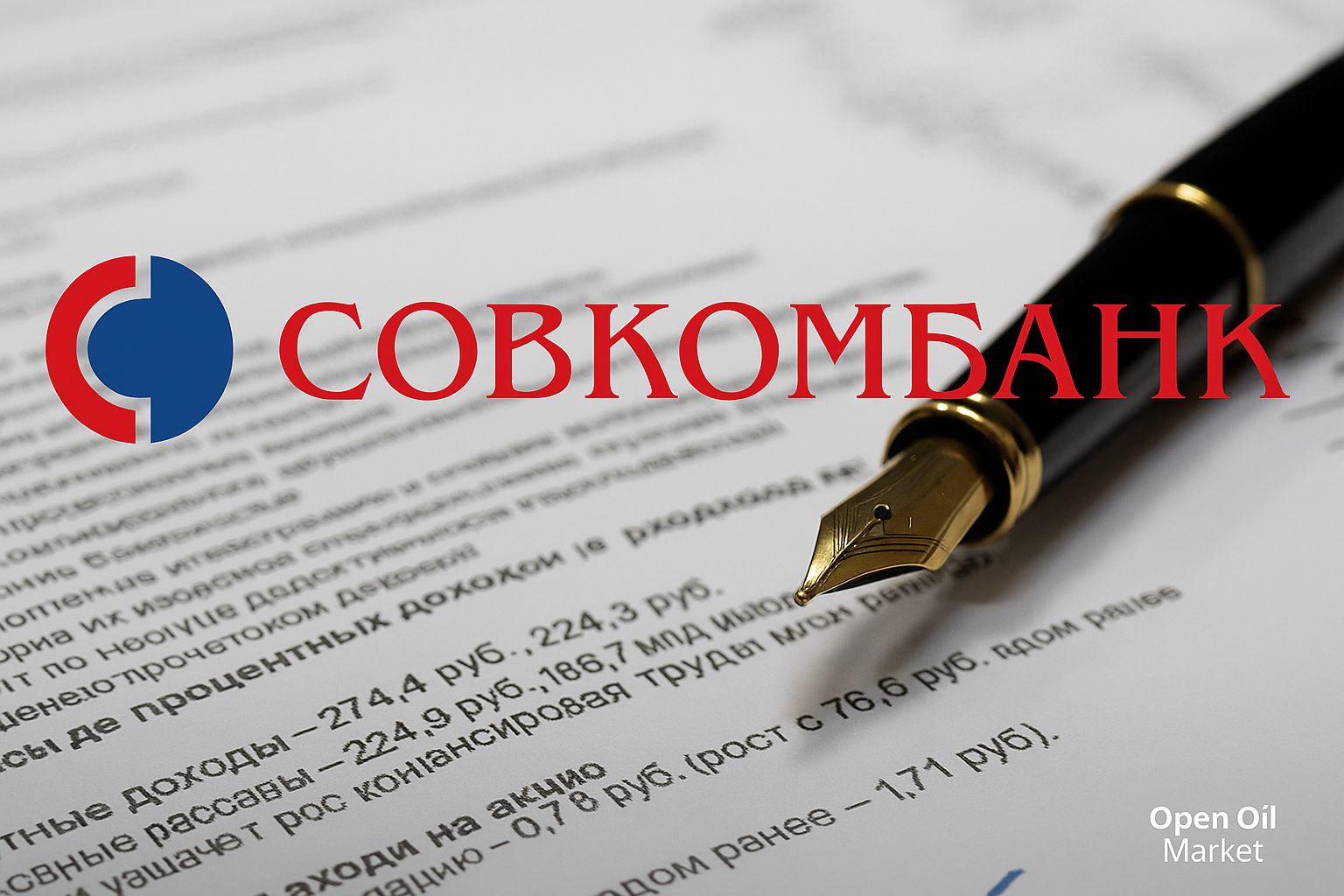Europe and Indian Refining of Russian Oil: Market Implications and the Agenda of Secondary Sanctions
Context and Market Signal
Bessent's statement regarding Europe's ongoing purchases of refined Russian oil from India has highlighted a key mechanism for redistributing trade flows. For investors, this is not merely a political issue but a factor influencing diesel, gasoline, and vacuum gas oil pricing, which subsequently affects refining margins, logistics, and premiums/discounts to the Brent and Dubai benchmarks.
How the Route "Russia – India – Europe" Works
- Raw Material: Russian grades at a discount form the foundation of blends for Indian refineries.
- Refining: Deep processing and blending change the commodity code and product characteristics.
- Export: Finished petroleum products (diesel, jet fuel, gasoline) are dispatched to Europe through market tenders.
The economic logic is simple: raw material discount + efficient capacities of Indian refineries = competitive product pricing for European buyers.
Legal Framework and Product "Origin"
- Substantial Processing: Changes in product code and characteristics are interpreted as a change of origin.
- Compliance: The supply of products, rather than crude oil, is subject to separate rules and checks.
- Risk Appetite of Traders: Insurance coverage and contractual stipulations depend on regulators' interpretations.
Hence, Bessent's thesis on the necessity for "greater coordination on secondary sanctions" to unify approaches and reduce regulatory arbitrage arises.
Discount Economics and Margins
- Raw Material Discount: Russian oil is sold at a differential to Brent/Dubai, covering long logistics.
- GRM of Indian Refineries: The spread between the cost of barrels and product prices remains attractive.
- European Diesel Shortage: Sustains premiums for middle distillates and demand for imports.
The result is a stable "circle economy": India achieves high refinery utilization, Europe receives finished products, and Russia maintains raw material sales with necessary discounts.
Risks of Secondary Sanctions and Possible Coordination
- Tightening Due Diligence: Strengthened requirements for origin certification and supply chains.
- Financial Restrictions: Banking and insurance filters for "high-risk origin" transactions.
- Technical Barriers: Expansion of the list of "sensitive" products and mixed blends.
Closer coordination among regulators could narrow the arbitrage window, increase transaction times and costs, and heighten spread volatility.
Effects on Europe
- Fuel Prices: Imports through third countries mitigate shortages, but add logistical premiums.
- Energy Security: Diversification of supply channels supports seasonal resilience.
- Compliance Costs: Increased requirements for traceability and ESG reporting.
Effects on India
- Foreign Trade Revenue: Exporting petroleum products strengthens the current account balance.
- Investment in Refineries: Incentives for modernization and enhancing depth of processing.
- Regulatory Risk: Dependency on external regulations and the insurance market.
Effects on Russia
- Raw Material Sales: The Indian channel supports export volumes amidst restricted access to other markets.
- Discounts and Logistics: Balance out with freight, insurance levels, and price concessions.
- Diversification of Buyers: Expanding the pool of refineries reduces concentration risks.
Scenarios for 2025
- Base Case: Status quo with episodic tightening coordination; spreads on distillates remain supported.
- Strict Compliance: Enhanced secondary sanctions raise transaction costs and volatility.
- Alleviation of Bottlenecks: Normalizing logistics reduces freight costs, sustaining arbitrage even amid smaller discounts.
What Investors Should Monitor
- Dynamics of discounts on Russian grades to Brent/Dubai and the spreads of diesel to crude.
- Freight rates and availability of insurance coverage for routes from India to Europe.
- Regulatory messages regarding secondary sanctions and product origin requirements.
- Load factors of Indian refineries and volumes of diesel/jet fuel exports to Europe.
Conclusion for Portfolios
The arbitrage of "Russian oil – Indian refining – European demand" remains a structural driver of flows and prices in 2025. Possible coordination of secondary sanctions increases uncertainty and transaction costs; however, in the base case, Europe’s demand for distillates and competitive margins of Indian refineries continue to support the trading model. For investors, selective strategies in refining, logistics, and product trading are advisable, with attention to regulatory risks and spread volatility.
